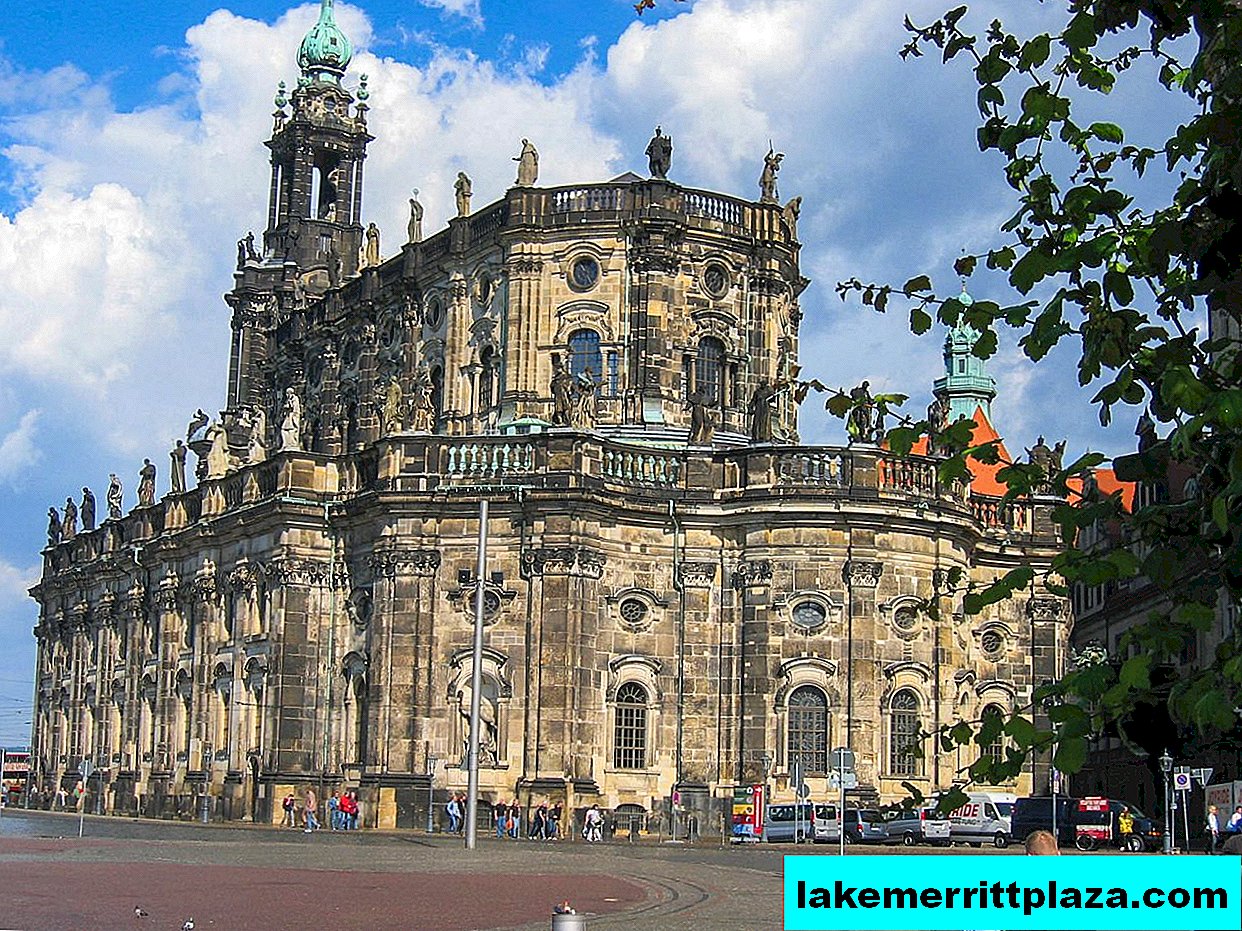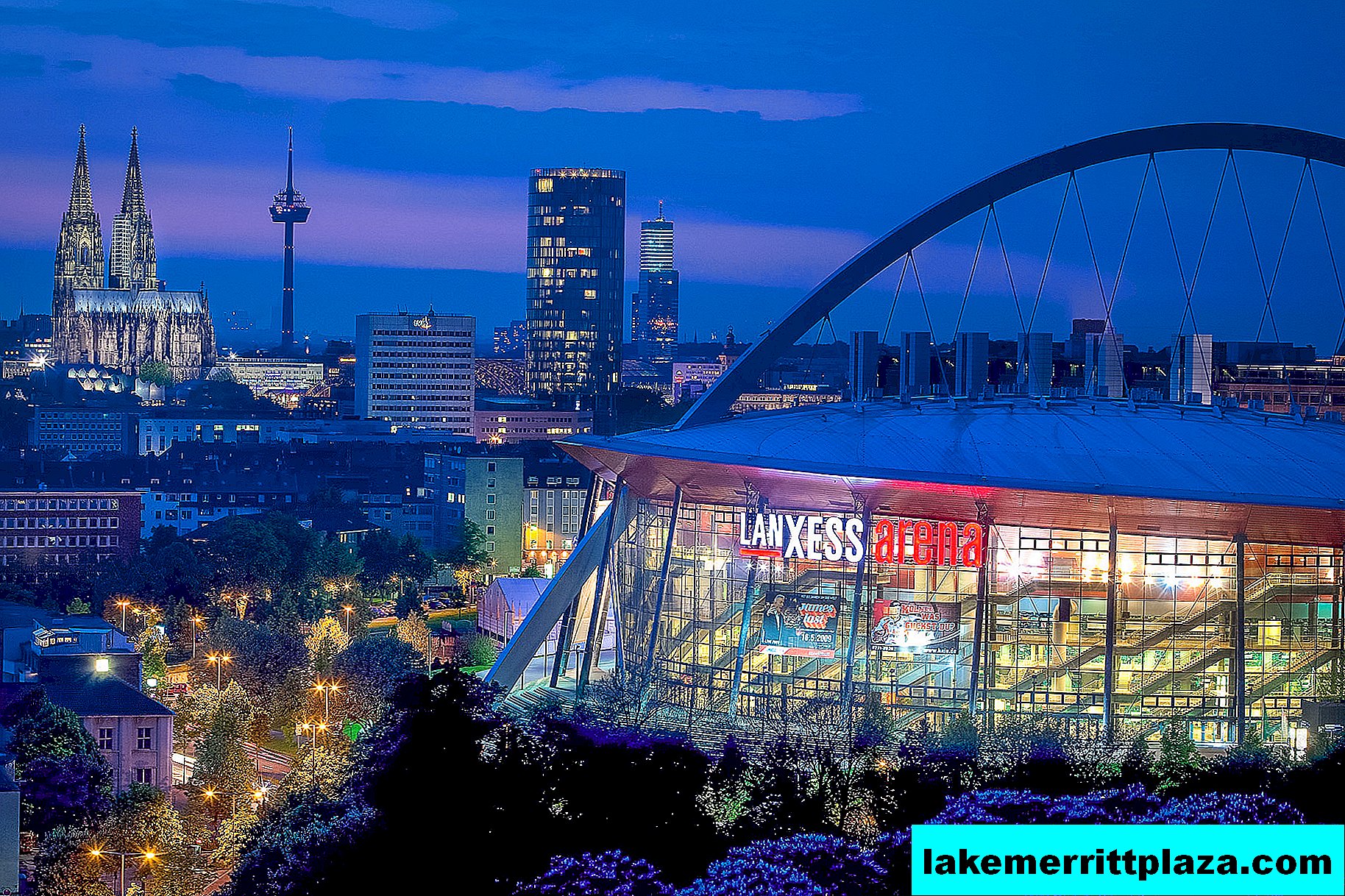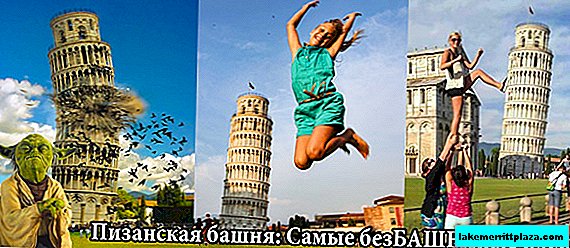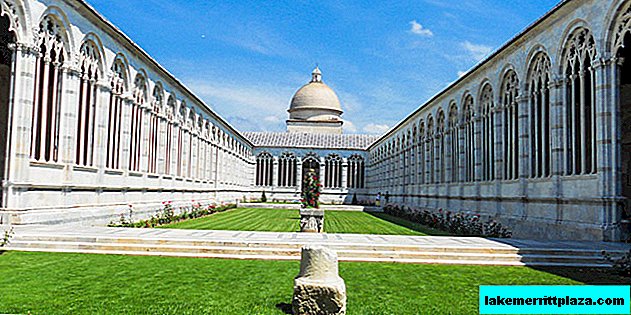There is nothing in common between the Brandenburg Gate in Potsdam and Berlin, except for the name. The Potsdam look more modest compared to Berlin, but nevertheless - it is a triumphal arch in honor of the victory in the Seven Years War.
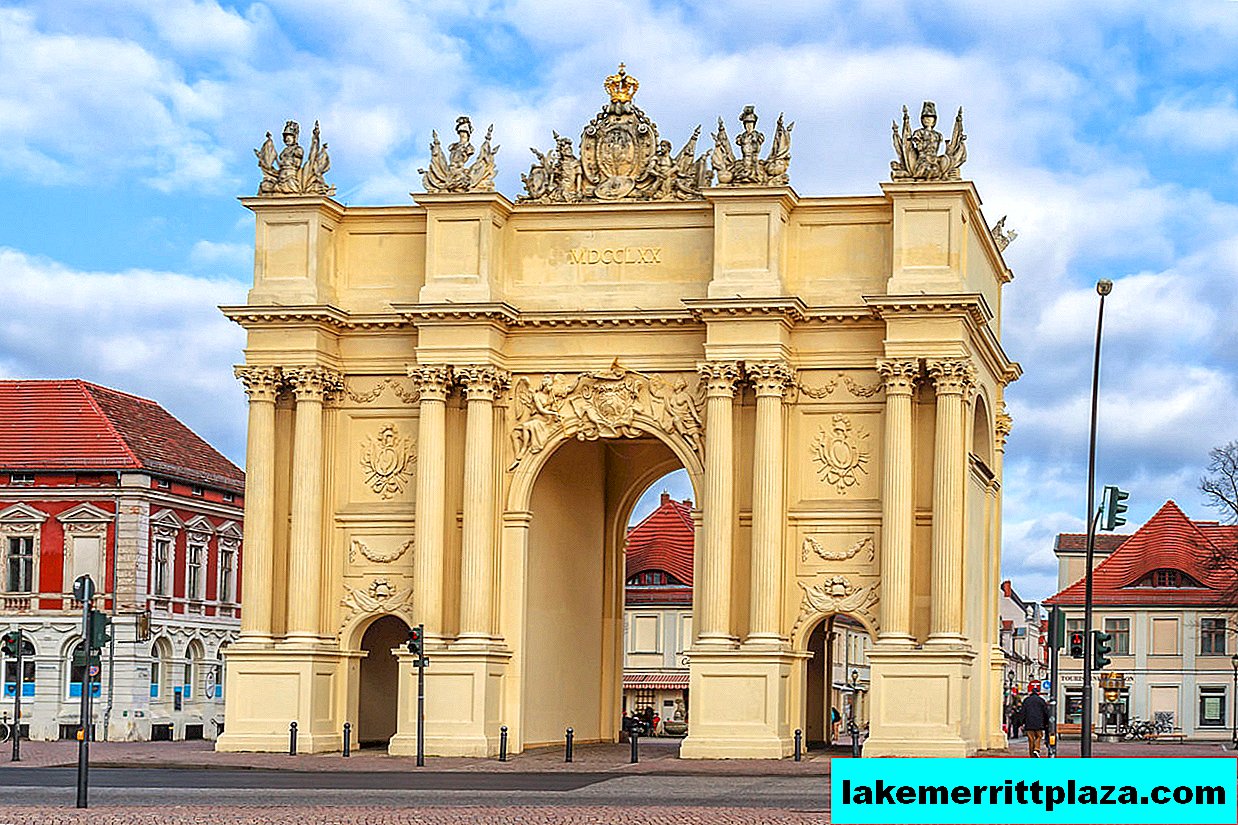
Brandenburger Gate in Potsdam, photo by Avda
The Brandenburg Gate in Potsdam (Brandenburger Tor in Potsdam) was erected in 1770 in honor of the victory in the Seven Years War. They are located at the end of Brandenburg Street, in its western part. In their place, there were previously modest gates that formed part of the city's fortress wall.
Frederick the Great commissioned the design of the gate to two architects at once - Karl von Gontard and Georg Christian Unger. Therefore, the facades are different from each other. The inner facade, facing the city, was designed by Gontard, and the outer - by Unger. The Potsdam Gate is 18 years older than the famous Brandenburg Gate in Berlin.
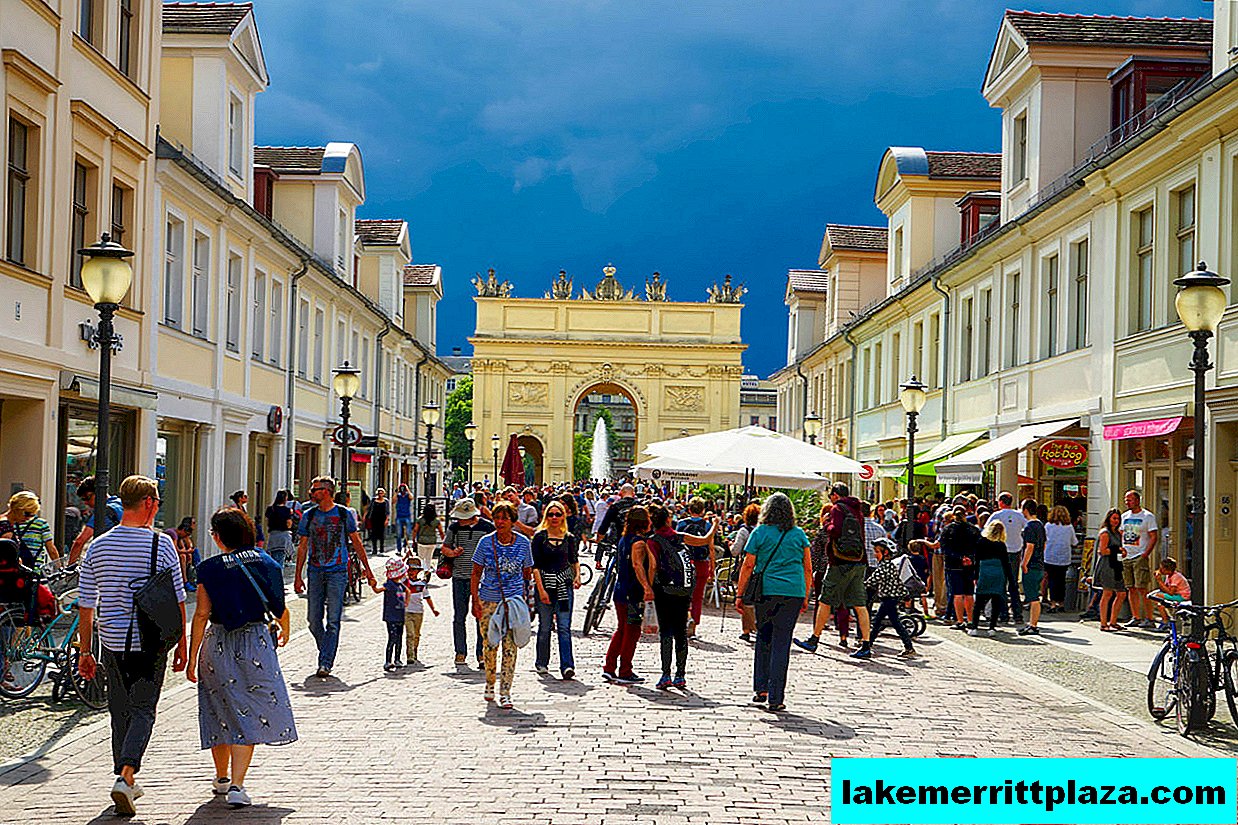
Facade of the gate facing the city, photo by michael_jeddah
The Brandenburg Gate in Potsdam resembles the Arc de Triomphe of Constantine in Rome. The influence of ancient Roman architecture is noticeable in the double columns of the Corinthian type and in the massive cornice.
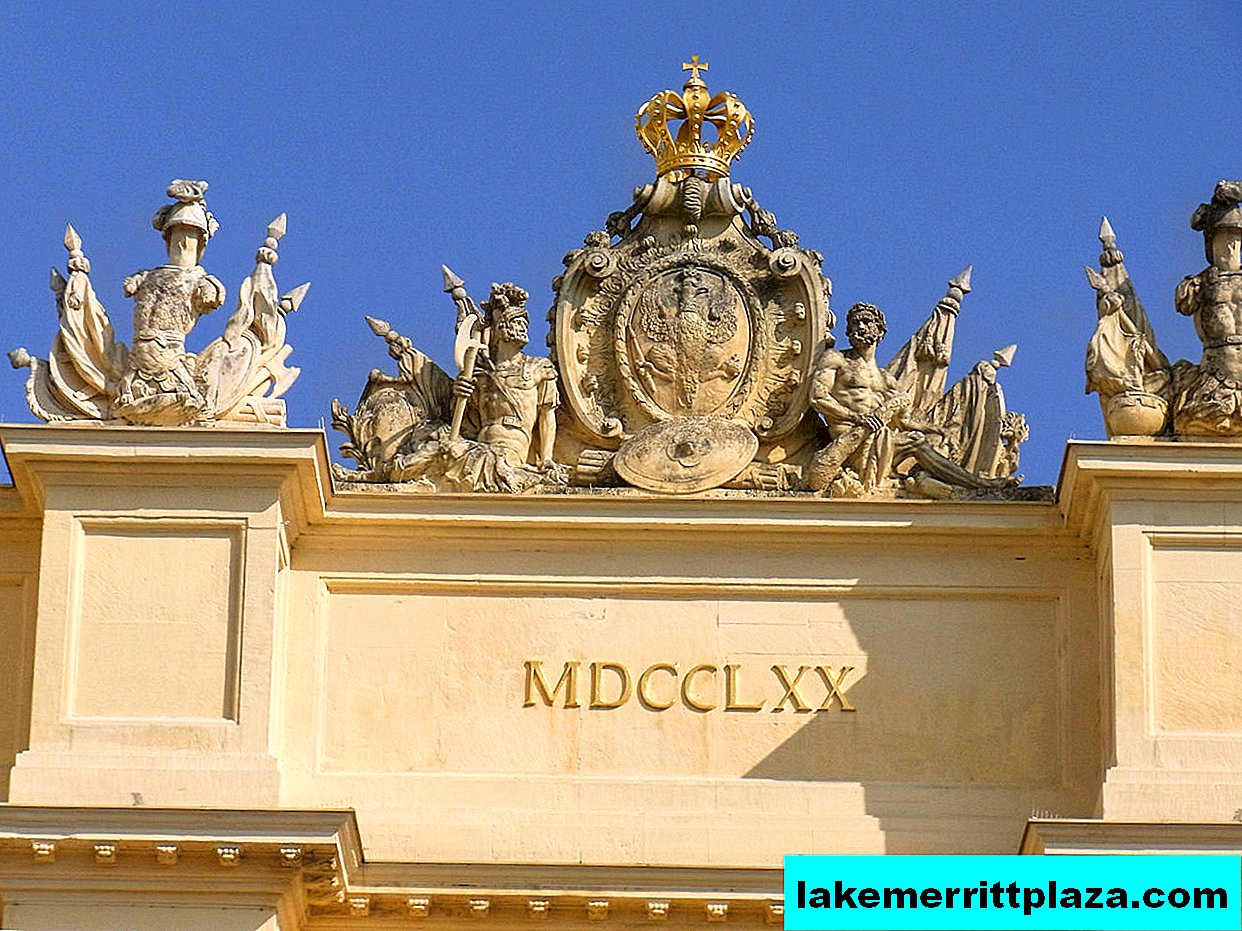
Details, photo AsphaltOhneEnde.de
In 1848, side pedestrian arches appeared at the gate. In 1900, the fortress wall of Potsdam was destroyed, and the gate was preserved as an independent structure.
How do I save on hotels?
Everything is very simple - look not only at the booking. I prefer the search engine RoomGuru. He is looking for discounts at the same time on Booking and on 70 other booking sites.

